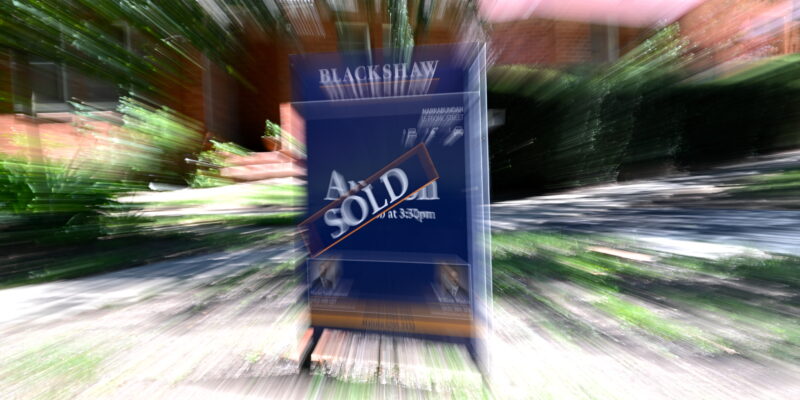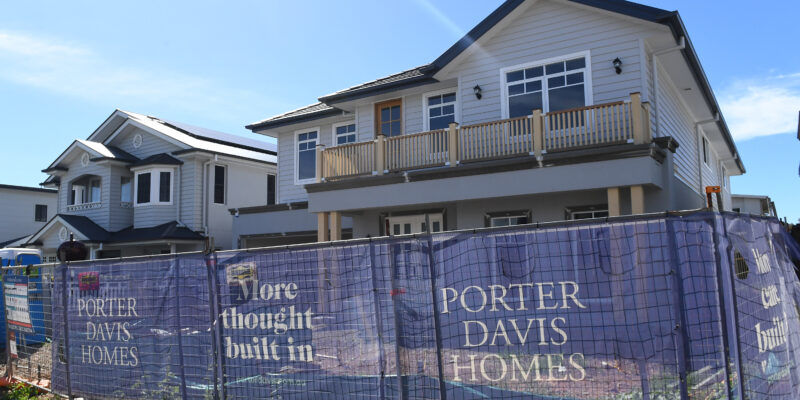RBA misses opportunity to boost house building
But the two cuts that have taken the cash rate to 3.85 per cent have helped cement a level of confidence in the building and construction sector.

THE Reserve Bank’s cash rate hold is a missed chance to boost the home building market.
But the two cuts that have taken the cash rate to 3.85 per cent have helped cement a level of confidence in the building and construction sector.
Though Housing Industry Association Senior Economist Tom Devitt says it will take more than a continued easing cycle to hit the government’s 1.2 million new homes target by 2029.
“This decision will leave new home building activity more constrained than necessary, for longer,” he said.
“But the previous two cuts to the cash rate have seen an improvement in market confidence that is likely to continue.”
Inflation data shows that the RBA’s preferred trimmed mean measure has been within their 2-3 per cent target band for over a year now and continues to decline.
“Household spending has also been constrained, with Australia having been in an almost uninterrupted per capita recession since mid-2022,” he added.
“This recent data reinforced the market expectation that the RBA would deliver a cut at their July meeting – an expectation that was disappointed today.
“By most of the RBA’s own estimates, the cash rate remains in restrictive territory, meaning it is still constraining household and business spending across the economy, including in the home building industry.
“More rate cuts cannot deliver the volume of home building required to match the growth in demand or achieve the 1.2 million new homes goal.
“As it stands, Australia is set to build less than 1 million new homes over the government’s target five-year period, 20 per cent short of national housing targets and a long way from addressing the national housing crisis.
“Broader policy reforms are required to achieve government home building targets and address the housing affordability crisis across Australia.
“To unleash Australia’s home building potential, policymakers need to address the acute shortage of skilled trades across the country and remove the tax and regulatory barriers that make housing unaffordable for more and more Australians.”






